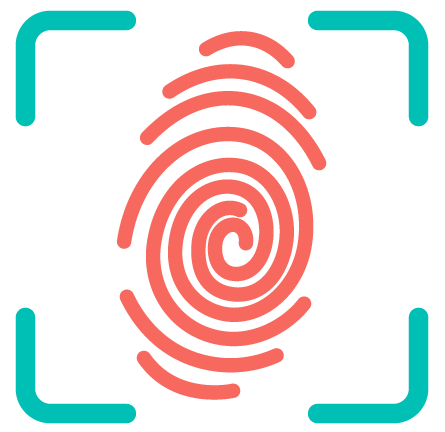What did Shanghai Communique do?
The Shanghai Communiqué represented the United States first diplomatic negotiations with People’s Republic of China since its 1949 founding, and were the first official communications with the Chinese Communist Party since the 1944 to 1947 Dixie Mission.
What did the Shanghai Communique do answer?
The communiqué pledged both countries to work for “normalization” of relations, and to expand “people-to-people contacts” and trade opportunities.
What are three joint communiques?
The Three Communiqués or Three Joint Communiqués (Chinese: 三个联合公报) are a collection of three joint statements made by the governments of the United States and the People’s Republic of China (P.R.C.).
Why did Richard Nixon go to China?
Nixon visited the PRC to gain more leverage over relations with the Soviet Union. The normalization of ties culminated in 1979, when the U.S. established full diplomatic relations with the PRC.
What is the meaning of joint communiqué?
joint communiqué (plural joint communiqués) An agreement or statement signed by usually two countries, usually for legal recognition of a sovereign state governing the land.
What was important about ping pong diplomacy?
Their trip was the start of what became known as “ping pong diplomacy” and helped lay the groundwork for establishing official diplomatic relations between the United States and the People’s Republic of China. Ping pong diplomacy also led to improved people-to-people understanding and cultural exchange.
What leader created the People’s Republic of China?
On October 1, 1949, Chinese Communist leader Mao Zedong declared the creation of the People’s Republic of China (PRC).
Does the US have diplomatic relations with Taiwan?
Though the United States does not have diplomatic relations with Taiwan, we have a robust unofficial relationship as well as an abiding interest in maintaining peace and stability in the Taiwan Strait.
When did US start buying from China?
The U.S. trade with China is part of a complex economic relationship. In 1979 the U.S. and China reestablished diplomatic relations and signed a bilateral trade agreement. This gave a start to a rapid growth of trade between the two nations: from $4 billion (exports and imports) that year to over $600 billion in 2017.
What is ping pong theory?
The Ping Pong theory is a different way of thinking about migraine symptoms and triggers. In this ping pong table, one player is the brain, and the other is the environment (inside your body and also the outside world).
What is meant by Ping Pong Diplomacy?
Ping-pong diplomacy (Chinese: 乒乓外交 Pīngpāng wàijiāo) refers to the exchange of table tennis (ping-pong) players between the United States (US) and People’s Republic of China (PRC) in the early 1970s, that began during the 1971 World Table Tennis Championships in Nagoya, Japan as a result of an encounter between players …
What was the Shanghai Communiqué?
The Shanghai Communiqué. On February 27, 1972, the United States and China put together the joint U.S-China communiqué, the conclusion of Nixon and Kissinger’s astonishing weeklong visit to the People’s Republic. Kissinger had begun to outline the Shanghai Communiqué with Chou En-lai around July 14, 1971, when he met in Beijing with
What does Shanghai people’s commune stand for?
The Shanghai People’s Commune ( Chinese: 上海 人民 公社; pinyin: Shànghǎi Rénmín Gōngshè) was established in January 1967 during the January Storm ( Chinese: 一月风暴 ), also known as the January Revolution ( Chinese: 一月革命 ), of China’s Cultural Revolution. The Commune was modelled on the Paris Commune.
What was the Shanghai Commune of 1967?
On 5 February 1967, the Shanghai Commune was formally proclaimed with Zhang Chunqiao as the head of the new organisation, but the movement was to be short-lived and marred with difficulty. Although the Shanghai Commune was based on Paris Commune model with a “self government of producers”, the Shanghai equivalent varied in several meaningful ways.
When did Kissenger write the Shanghai Communiqué?
Kissinger had begun to outline the Shanghai Communiqué with Chou En-lai around July 14, 1971, when he met in Beijing with the Chinese prime minister to lay the groundwork for Nixon’s upcoming visit. Evidence of this meeting can be found in Kissenger’s memoranda “My Talks with Chou En-lai.”
